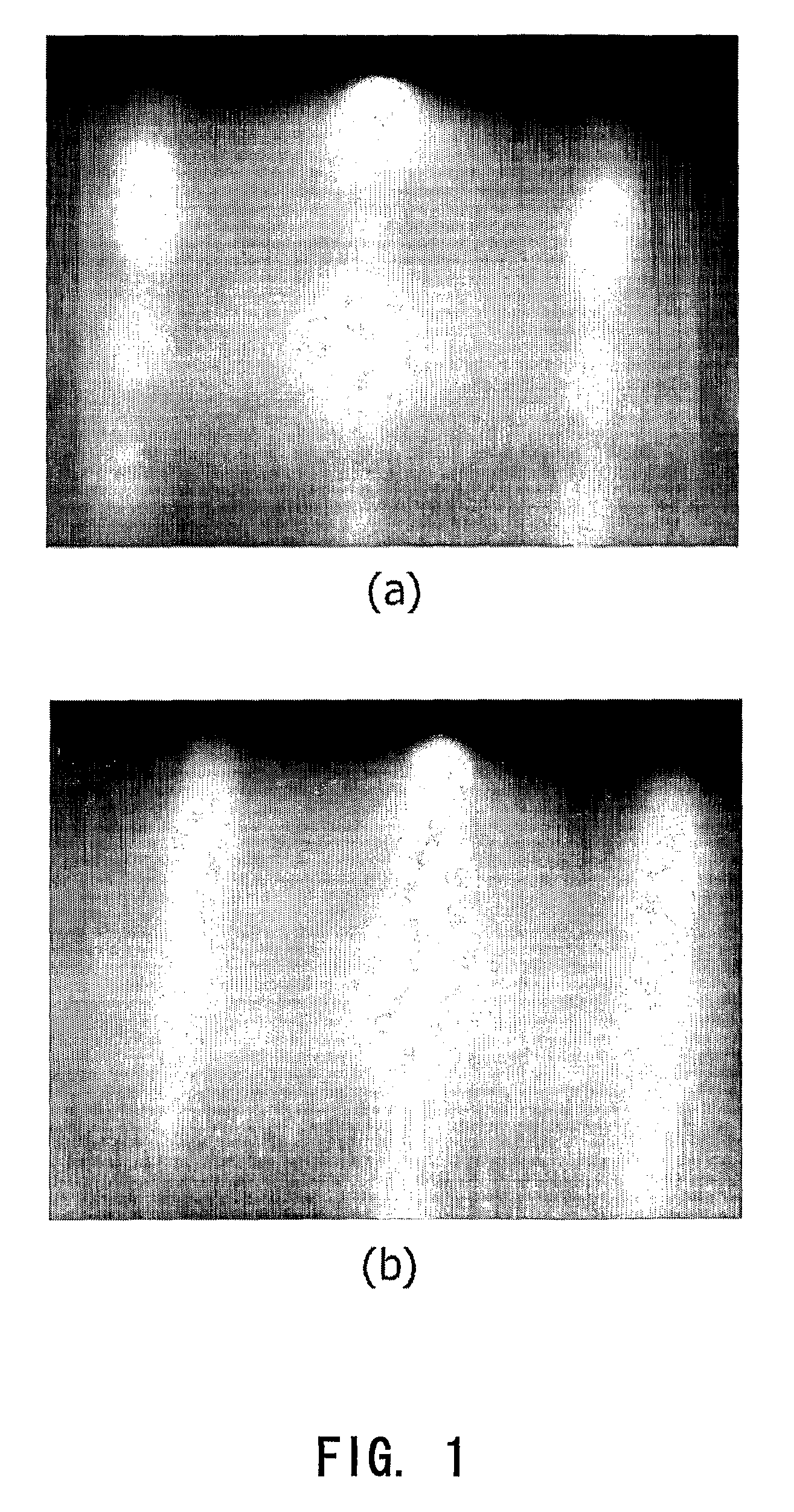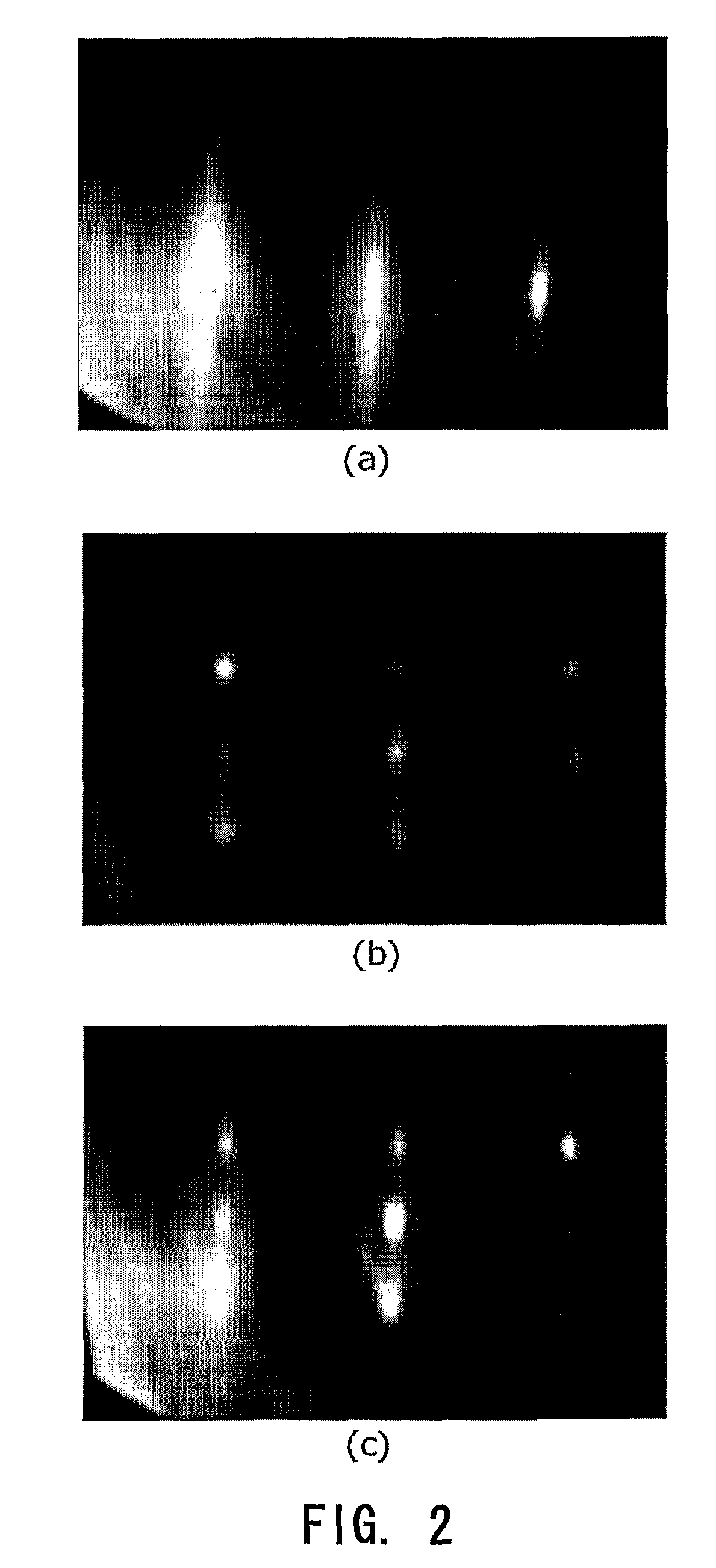Method for Fabricating a P-I-N Light Emitting Diode Using Cu-Doped P-Type Zno
a light-emitting diode and pin-type technology, applied in the direction of basic electric elements, electrical apparatus, semiconductor devices, etc., can solve the problems of low solubility of p-type dopant, difficult preparation of high-concentration p-type dopant, and inability to achieve stable p-type thin film for a basic pn junction structure required for application of leds or laser diodes. , to achieve the effect of fast response time and high efficiency
- Summary
- Abstract
- Description
- Claims
- Application Information
AI Technical Summary
Benefits of technology
Problems solved by technology
Method used
Image
Examples
Embodiment Construction
[0019]Hereinafter, a detailed description will be given of the present invention, with reference to the appended drawings.
[0020]Sapphire single-crystals are relatively inexpensive, and are thus mainly used, along with SiC, to fabricate an optical device made of GaN. However, the mismatch between the sapphire substrate and ZnO is as large as 18.6%, and many defects and significant dislocation occur at the boundary therebetween, resulting in decreased crystal properties of a ZnO thin film for use in an optical device. As a means for overcoming this problem, the use of a buffer layer made of the same material at low temperatures is already known in the art.
[0021]FIGS. 1A and 1B show RHEED patterns of a low-temperature buffer layer for deposition of a highly pure ZnO thin film using MBE. As shown in FIGS. 1A and 1B, in order to grow a ZnO thin film having high quality on the surface of the sapphire single-crystal substrate, the sapphire substrate is maintained at a relatively low temper...
PUM
 Login to View More
Login to View More Abstract
Description
Claims
Application Information
 Login to View More
Login to View More - R&D
- Intellectual Property
- Life Sciences
- Materials
- Tech Scout
- Unparalleled Data Quality
- Higher Quality Content
- 60% Fewer Hallucinations
Browse by: Latest US Patents, China's latest patents, Technical Efficacy Thesaurus, Application Domain, Technology Topic, Popular Technical Reports.
© 2025 PatSnap. All rights reserved.Legal|Privacy policy|Modern Slavery Act Transparency Statement|Sitemap|About US| Contact US: help@patsnap.com



